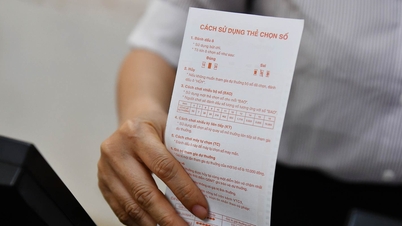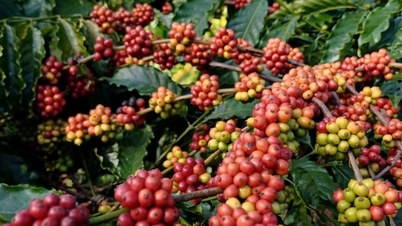According to data from the Vietnam Association of Seafood Exporters and Producers (VASEP), in the past 6 months, Vietnam's shrimp exports reached more than 2 billion USD, an increase of 27% over the same period in 2024.
Of which, white-leg shrimp accounted for the highest proportion at 62.1%, followed by other types of shrimp (27.4%) and black tiger shrimp (10.5%). Notably, the association said the "other types of shrimp" group recorded an impressive growth rate of up to 124%.
China has risen to the top position in importing Vietnamese shrimp with a turnover of nearly 595 million USD, up 81% over the same period. VASEP said that the recovery in consumption, high demand in the summer and high demand for lobster from Vietnam continue to help China become the most breakthrough market.
At the end of the first quarter, shrimp accounted for 24% of China’s total seafood import volume and 41% of the value. Shrimp is the most popular seafood item on online shopping platforms in the country. People in big cities like Beijing and Shanghai tend to consume more shrimp than other regions.
Meanwhile, markets such as Japan, South Korea, and the EU still grew positively. Japan continues to be the third largest market for Vietnamese shrimp, thanks to stable demand...
In contrast, the US market - once the leading export market for Vietnamese shrimp - has shown signs of decline. Although the 6-month turnover still increased by 13% to 341 million USD, most of the growth came from May when Vietnamese businesses accelerated deliveries before President Donald Trump's reciprocal tariffs took effect. In June, exports to the US fell by 37%.

Lobster is one of the favorite products of Chinese people (Photo: Toan Vu).
According to the association, since April, the Trump administration has begun imposing a 10% reciprocal tax on many imported goods. By July, the tax on Vietnamese shrimp was raised to 20% (officially applied from August 1). Along with that, businesses also face risks from a preliminary anti-dumping tax of more than 35% and an anti-subsidy tax expected to be applied later this year.
"Tariff factors have made the US market unstable and unpredictable. Although US shrimp imports still increased in the first five months of the year, it is clear that this is the result of businesses "running orders" before the tax takes effect, not sustainable growth," the association assessed.
In July, the association forecasts that Vietnam’s shrimp exports will slow down compared to May and June because “tax avoidance” orders have been pushed out early. The US’s temporary postponement of the tax until August 1st has helped some businesses take advantage of exporting more goods in the first half of the month, but cautious sentiment still prevails in the market.
In the second half of the year, export prospects depend largely on US tariff policies; businesses' ability to quickly restructure to shift to less risky markets; the epidemic situation and domestic input costs...
Faced with fluctuations in the market and international policies, Vietnamese shrimp enterprises need to proactively restructure their export strategies. Solutions include diversifying markets, reducing dependence on the US, taking advantage of incentives from EVFTA and CPTPP; promoting deeply processed products, in line with convenience trends, ensuring clear traceability, and avoiding risks of trade fraud.
Along with that, applying technology, digital transformation throughout the chain and controlling standard farming areas will improve adaptability and optimize costs. Enterprises also need to be well prepared financially and legally to cope with tax changes from major markets.
Source: https://dantri.com.vn/kinh-doanh/trung-quoc-gom-mua-manh-tom-viet-20250722184537115.htm


![[Photo] Cutting hills to make way for people to travel on route 14E that suffered landslides](https://vphoto.vietnam.vn/thumb/1200x675/vietnam/resource/IMAGE/2025/11/08/1762599969318_ndo_br_thiet-ke-chua-co-ten-2025-11-08t154639923-png.webp)










































![[Video] Hue Monuments reopen to welcome visitors](https://vphoto.vietnam.vn/thumb/402x226/vietnam/resource/IMAGE/2025/11/05/1762301089171_dung01-05-43-09still013-jpg.webp)















































![Dong Nai OCOP transition: [Part 2] Opening new distribution channel](https://vphoto.vietnam.vn/thumb/402x226/vietnam/resource/IMAGE/2025/11/09/1762655780766_4613-anh-1_20240803100041-nongnghiep-154608.jpeg)












Comment (0)